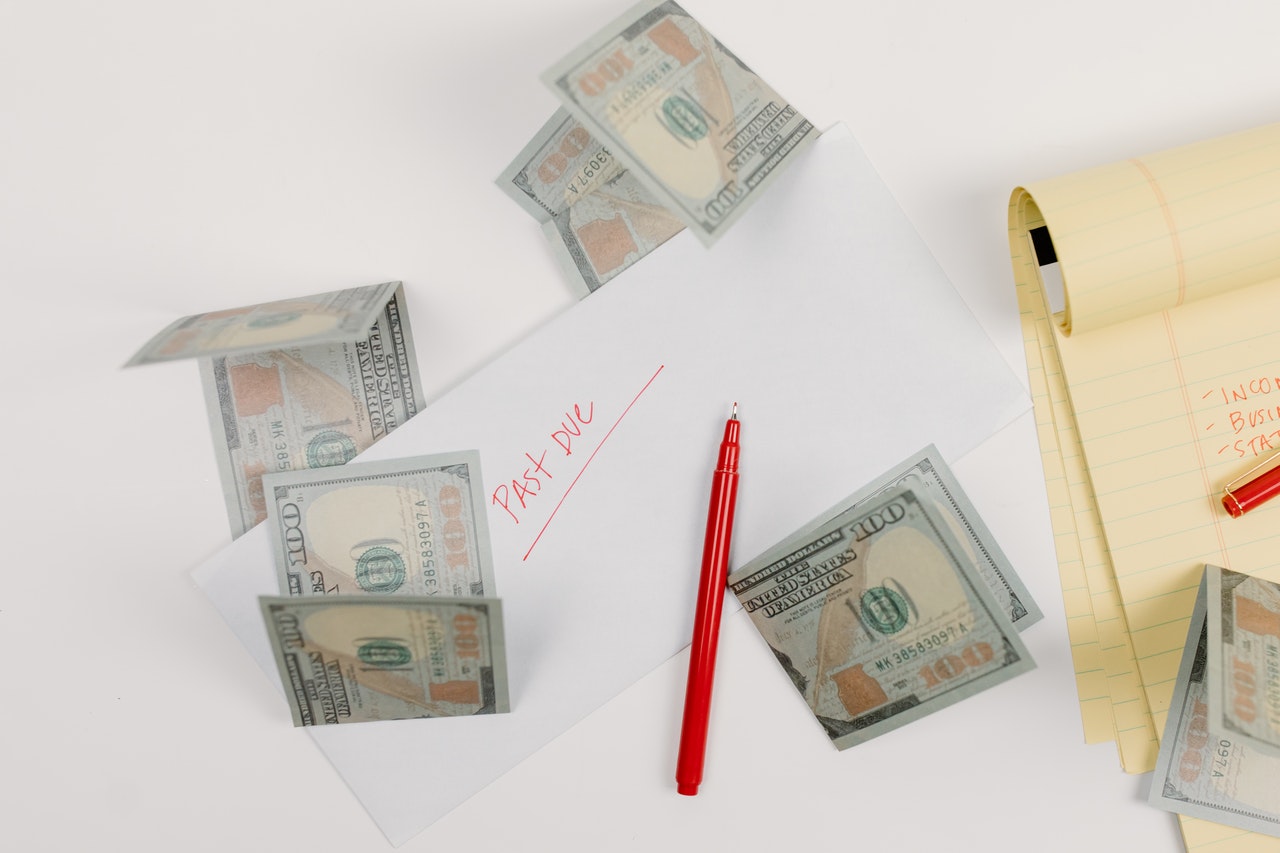Paying bills with a digital check is a familiar and easy process for nearly everyone, from people on their own private jets to large businesses of all sizes.
Having an easy, virtual check payment solution can be an extremely big draw in retaining and engaging customers, which means that businesses are going to find some great value in converting more of their clientele to this convenient method of payment.
There are a few different options for paying bills, but none is quite as hassle-free and simple as a program like PayPal.
This service is incredibly popular because it allows people to accept all sorts of payments, including payments made through eCommerce sites, online auctions, as well as cash payments deposited into a bank account. While PayPal does offer a few different payment options, like checks and money orders, it offers the most flexibility when it comes to tracking and collecting payments as well as in processing transactions. When an account has been established with PayPal, clients can simply make their payments and the company will automatically transfer the appropriate funds from the customer’s bank account to the company’s account, cutting out the need for a human intermediary.
Most people, however, don’t understand or are uncomfortable with paper checks.
These paper checks are widely known for being difficult for consumers to understand and may even require a skilled attorney’s touch in interpreting the fine print. Moreover, many consumers are embarrassed or even afraid that other consumers or businesses will steal their information when they write these checks. To eliminate the need for all these unnecessary paper checks, secure virtual data room systems are becoming increasingly popular, allowing consumers to pay all of their bills online in just minutes using their bank’s secure site.
Electronic bill payments systems allow consumers to pay their bills securely and conveniently, without the need for paper checks.
An account holder can choose from a variety of virtual services, which usually include the option of paying taxes by mail. Some virtual services also allow consumers to enroll in a paperless account and receive paperless bill payments from the bank. Some of these accounts also allow users to receive payments from their bank accounts. The virtual account holders can use the data included in their virtual account files to make future purchases, repay past bill payments, change address information and perform other activities.
There are numerous reasons why more people are choosing electronic bill payment options over paper-based bill experiences.
Digital bill payments eliminate the need for consumers to write a check, have to get to a checkbook, wait for funds to appear in the bank, take money off of their card and then write the check in another part of the process. This way, there is no longer any need for late fees, fraud monitoring fees and a host of other fees and costs. These electronic payments do not create paper trails, which decreases the chances of financial and card fraud. Many banks offer their customers real-time online access to their account information. Consumers can see their payment history, easily manage their available card balance and view all charges at a click of a button.
These electronic bill pay solutions have revolutionized how Americans pay their bills. Consumers can see their entire bill pay history, easily select which bill pay options they wish to use and pay them online. Since most bank customers prefer to pay their bills with a debit card, which only accepts a selected number of cards and charges an extra fee, this system has provided a new alternative. With this new system consumers can not only see their entire payment history, but they can also pay bills without ever leaving their desk. This ease of access has significantly increased cash flow for both businesses and consumers.
The popularity of these electronic business payments is based on the fact that it has significantly lowered late fees, fraud alerts and the cost of accepting debit cards by reducing the monthly IT payroll fees for processing the electronic payments. In addition, electronic payments have helped decrease the average turn over in the customer bill pay history, leading to more satisfied customers and less customer complaints. The increased cash flow generated by the use of digital payments is a direct result of reduced customer complaints, less lost time in processing payments and less wasted time and resources processing credit card transactions. The adoption rate of e-accounts has been growing steadily and is expected to continue to grow substantially in the future.
One important point to keep in mind when trying to establish a long term digital bill payment relationship with your client is to make sure they feel they can trust you and that you will provide the data they need to process their payments accurately. If they feel they cannot rely on you to provide accurate data, or that you are taking advantage of them by collecting their information, they may begin to avoid making their payments. You must always provide them with the facts and the software they need to process their accounts electronically, along with giving them access to the online bill pay account information which they will use to pay their bills. Never take advantage of the customer by taking advantage of their trust in you. They will quickly develop the sense that you are only interested in their profit at the expense of their data. Make them feel they have complete control of their data and you will have a successful clientele.

